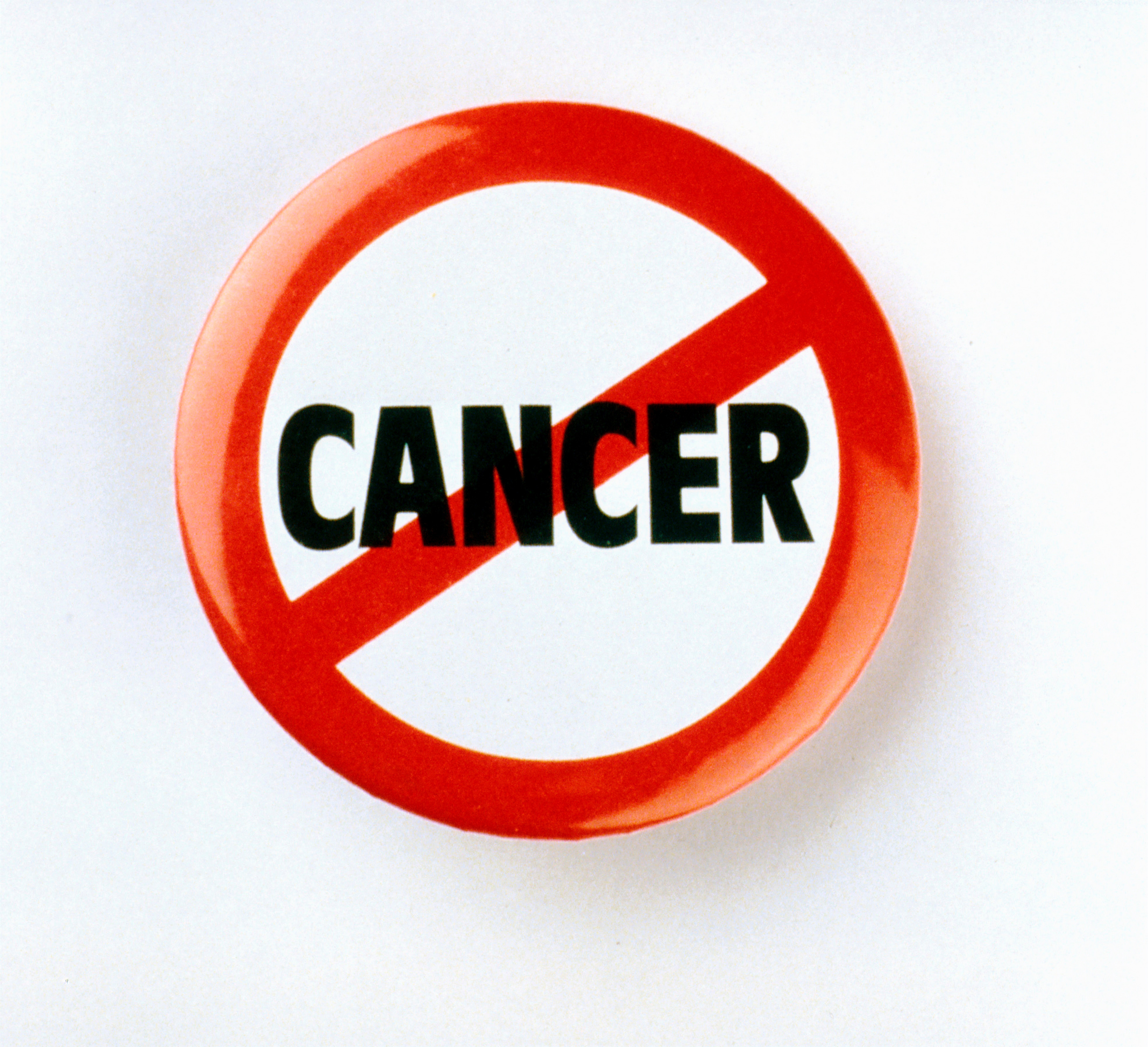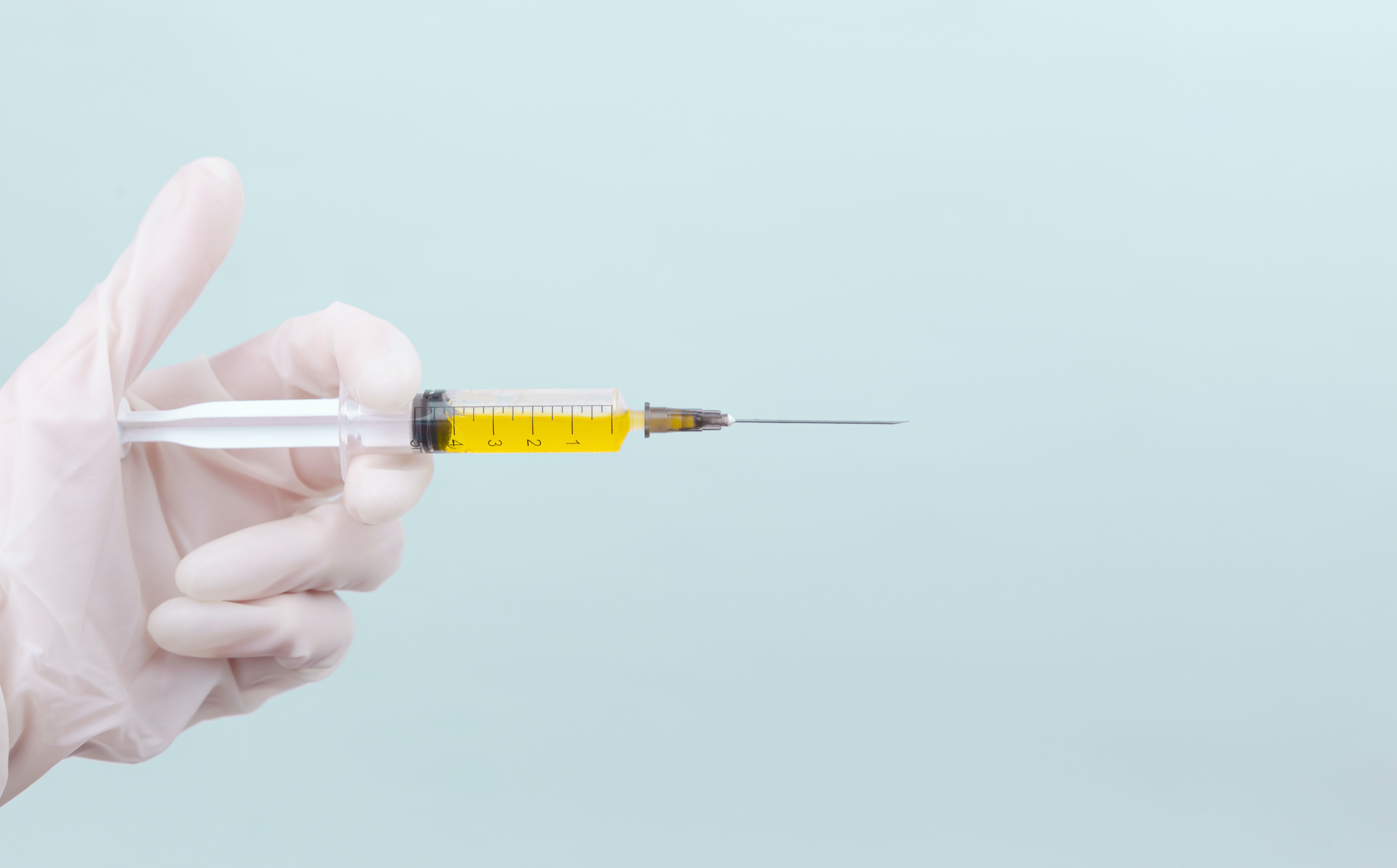
What Is HPV? - Symptoms, Causes, & Treatment Options
by Esther on July 5, 2023 , 5 min read
Human papillomavirus (HPV) is a prevalent sexually transmitted infection that affects both men and women. It is one of the most common sexually transmitted infections worldwide. HPV can cause a range of health issues, including genital warts and various types of cancer. This article aims to provide a comprehensive understanding of HPV, its symptoms, causes, and available treatment options.
What Is HPV Infection?
HPV infection occurs when an individual comes into contact with the human papillomavirus. There are over 100 different types of HPV, some of which are considered high-risk due to their association with certain cancers. Low-risk HPV types typically cause genital warts, which are noncancerous growths that appear on the genital area or around the anus. High-risk HPV types can lead to the development of cancer, including cervical, anal, and throat cancer.
How Is HPV Transmitted?
HPV is transmitted through skin-to-skin contact during vaginal, anal, or oral sex with an infected individual. It can be passed on even if visible symptoms are not present. Condoms can reduce the risk of transmission, but they do not offer complete protection.
Common Signs of HPV
Signs and symptoms of HPV infection can vary depending on the specific strain and the individual's immune response. In some cases, HPV infections may not cause any noticeable symptoms. However, common signs of HPV in females include genital warts, abnormal Pap smear results, and changes in the cervix.
Preventive Measures for HPV

Preventing HPV infection is crucial in reducing the risk of associated health complications. Key preventive measures include:
1. HPV Vaccination: Vaccines are available to protect against the most common cancer-causing HPV strains. Vaccination is recommended for both males and females, ideally before becoming sexually active.
2. Safe Sexual Practices: Consistently using condoms during sexual activity can reduce the risk of HPV transmission. However, since HPV can infect areas not covered by condoms, complete protection is not guaranteed.
3. Regular Screening: Regular screenings, such as Pap smears and HPV tests, are vital for the early detection of abnormalities and precancerous conditions.
HPV Screening and Diagnosis

Screening for HPV involves Pap smears, HPV DNA tests, or a combination of both. These tests help detect abnormal cell changes in the cervix or the presence of high-risk HPV strains. Timely screening can aid in early detection and intervention.
Screening for HPV is an essential part of preventive healthcare, particularly for individuals who are sexually active. Regular screenings can help detect HPV infections and related abnormalities early, allowing for timely interventions and treatments. Here are the key aspects of HPV screening and diagnosis:
- Pap Smear Test: The Pap smear test, also known as Pap test or cervical cytology, is a common screening method for cervical cancer and HPV. During the test, a healthcare provider collects cells from the cervix to examine them for any abnormalities or signs of HPV infection.
- HPV DNA Test: The HPV DNA test detects the presence of high-risk HPV strains in the cervix. This test is often performed in conjunction with a Pap smear for more accurate results. It is especially recommended for women aged 30 and above, as they are at a higher risk of developing cervical cancer.
- Visual Inspection: In some cases, a healthcare provider may perform a visual inspection of the genital area to look for any visible signs of genital warts or abnormal growths. This can help diagnose low-risk HPV infections and guide further treatment decisions.
- Biopsy: If abnormal cells are detected during a Pap smear or DNA test, a biopsy may be conducted to confirm the presence of precancerous or cancerous changes. A small sample of tissue is collected and examined under a microscope to make a definitive diagnosis.
Exploring the Link Between HPV and Cancer

Certain high-risk HPV strains have been linked to an increased risk of developing various types of cancer. Cervical cancer is the most common HPV-related cancer in women. Additionally, HPV can contribute to anal, vulvar, vaginal, penile, and throat cancers.
HPV and Cervical Cancer:
The most well-known association between HPV and cancer is with cervical cancer. Persistent infection with high-risk HPV types, such as HPV 16 and HPV 18, is a major risk factor for the development of cervical cancer. HPV is primarily transmitted through sexual contact, and certain behaviors, such as having multiple sexual partners or engaging in unprotected sex, can increase the risk of HPV infection and subsequent cervical cancer.
HPV and Other Types of Cancer:
In addition to cervical cancer, HPV has been linked to other types of cancer as well. These include:
- Anal Cancer: HPV infection, particularly with high-risk types, is a significant risk factor for anal cancer. This is especially true among individuals who engage in receptive anal sex.
- Oropharyngeal (Throat) Cancer: HPV, especially HPV 16, is a leading cause of oropharyngeal cancer, which affects the back of the throat, including the base of the tongue and tonsils. The transmission of HPV through oral sex is believed to contribute to the rising incidence of this type of cancer.
- Penile Cancer: Certain types of HPV can also increase the risk of penile cancer in men. The risk is higher in those with a history of HPV infection or who have multiple sexual partners.
- Vulvar and Vaginal Cancers: HPV infection is associated with vulvar and vaginal cancers in women. High-risk HPV types can lead to precancerous changes in the cells of the vulva and vagina, which, if left untreated, can progress to cancer.
Treatment Options for HPV Infection
While there is no cure for HPV, most HPV infections resolve on their own without causing any complications. Treatment options focus on managing symptoms and addressing associated conditions, such as genital warts or abnormal cell changes. Treatments may include topical medications, surgical interventions, or procedures to remove abnormal cells.
- Watchful Waiting: In many cases, HPV infections resolve on their own without intervention. For individuals with low-risk HPV types and no visible symptoms, healthcare providers may recommend regular monitoring to assess any changes and ensure the infection clears naturally.
- Medications: Certain medications can be prescribed to treat the symptoms caused by HPV. These may include topical creams or ointments containing antiviral or immune-modulating agents that help reduce the appearance of genital warts and control their spread.
- Surgical Procedures: In cases where genital warts are large, persistent, or causing discomfort, surgical removal may be necessary. This can be done through various methods such as cryotherapy (freezing the warts), electrocautery (burning the warts), or surgical excision (cutting out the warts). These procedures are typically performed by healthcare professionals in a clinical setting.
- Treatments for HPV-Related Cancers: If HPV infection leads to the development of precancerous or cancerous changes, treatment options will focus on addressing the specific cancer type. These may include surgical procedures, radiation therapy, chemotherapy, targeted therapies, or a combination of these approaches. The treatment plan will be determined based on the stage and severity of the cancer.
Advantages of HPV Vaccination

HPV vaccination offers several advantages, including:
- Prevention of HPV-related health issues: Vaccination can significantly reduce the risk of developing genital warts and various HPV-related cancers.
- Protection against multiple HPV strains: Vaccines target the most common high-risk HPV strains, providing broad protection.
- Effective in both males and females: HPV vaccination benefits both males and females by reducing the risk of transmission and associated health complications.
By understanding HPV, its transmission, and available prevention measures, individuals can make informed decisions to protect themselves and promote their overall sexual health. Regular screenings, open communication with healthcare providers, and adherence to safe sexual practices are essential in managing and preventing HPV infections.